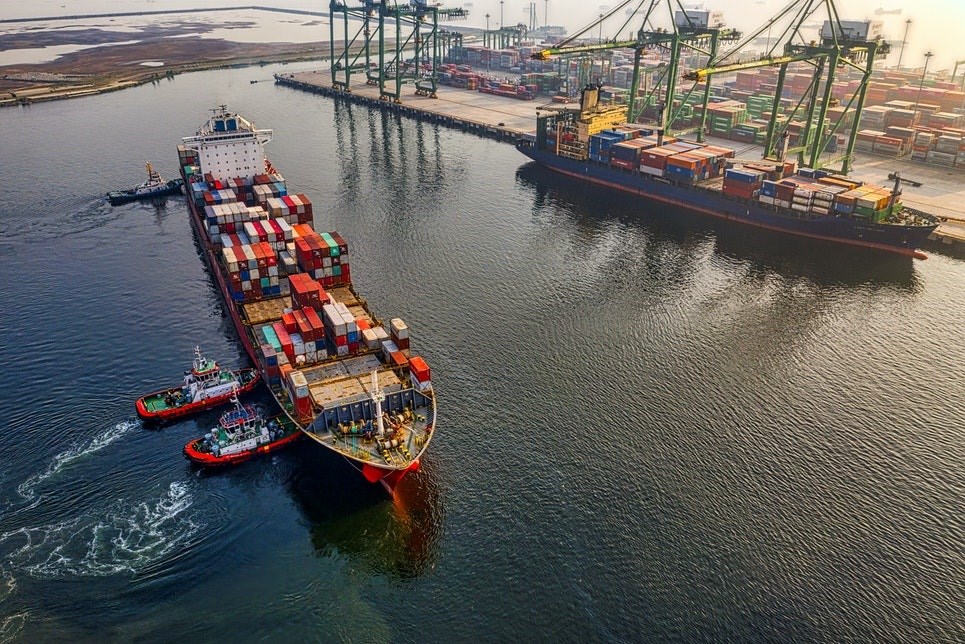How to take advantage of the global supply chain crisis?
December 14, 2021
Visions of Development is a section promoted by CAF—development bank of Latin America—that discusses the region’s main development issues. Its articles are published simultaneously in the main media outlets around Latin America.

Christmas and New Year’s shopping is more expensive for products that are imported or require inputs to finish production locally. Cars, appliances and technology equipment, as well as toys, video game consoles, shoes and kitchen utensils, are just some examples of items affected by rising logistics costs due to the crisis in global supply chains.
The crisis was triggered by the various operational disruptions generated by the COVID-19 pandemic, which initially led to the closure of the main ports and industries; and then to a reactivation that exceeded production capacity due to biosanitary protocols, of container and truck availability, port congestion, consumer appetite for new products, among other factors that have led to shortages, higher costs and prices, inflation and a threat to the recovery of economies.
“We must do all we can to reduce its impact on trade, especially for small businesses around the world,” said World Trade Organization (WTO) Deputy Director-General Anabel Gonzalez. “This is of the utmost importance if all countries, especially the poorest, are to drive post-pandemic economic recovery... It is equally important to draw lessons from COVID in order to avoid similar shipping disruptions in the future. It is therefore necessary to examine how the resilience of supply chains can be promoted and what measures are required to achieve this.” she added.
The situation has alerted the authorities on the impacts on exports and imports, to such an extent that WTO Director-General Ngozi Okonjo-Iweala called on governments and businesses to “continue identifying supply chain bottlenecks and implementing measures to mitigate their impact on trade,” with a view to “building the resilience of global supply chains.”
Latin America and the Caribbean are no strangers to this problem, and thus they can also take advantage as a way to increase their share in global value chains. “This crisis presents an opportunity to transform regional supply chains through strategic actions in four major areas: Resilience, via adaptation and risk management plans and programs; Regionalization, via regionalization decisions and relocation of operations; Digitalization, via investment in advanced data analysis systems that provide total visibility of the chain; Talent management, via retention and recruitment of human resources for the challenges of industry 4.0,” explained Rafael Farromeque, senior specialist at CAF—development bank of Latin America.
Transforming this crisis into an opportunity requires a comprehensive and multi-sectoral strategy. Integration logistics corridors emerge as a useful tool to identify needs and propose solutions for the different productive sectors, with the participation of multiple stakeholders, including the public sector, suppliers of inputs and raw materials located in the area of influence of the Corridor and players related to the manufacturing and distribution processes that make up the main value chains.
“CAF promotes a systemic treatment of integration logistics corridors that involves priority interventions on support infrastructures, associated services, governance, and other issues associated with their physical, functional and digital integration. This strategy has been successfully applied in northern Argentina (2018), Ecuador (2019) and Mexico (2021), resulting in the identification of investment projects for regional integration for more than USD 6.8 billion,” added Farromeque.
The damage is done. The impact on global supply chains, just like the pandemic, is a reality that we cannot change; but the good news is that the risks of having suppliers at such great distance were exposed, and that is the opportunity that the region can leverage with territorial specialization to join the production and distribution networks.